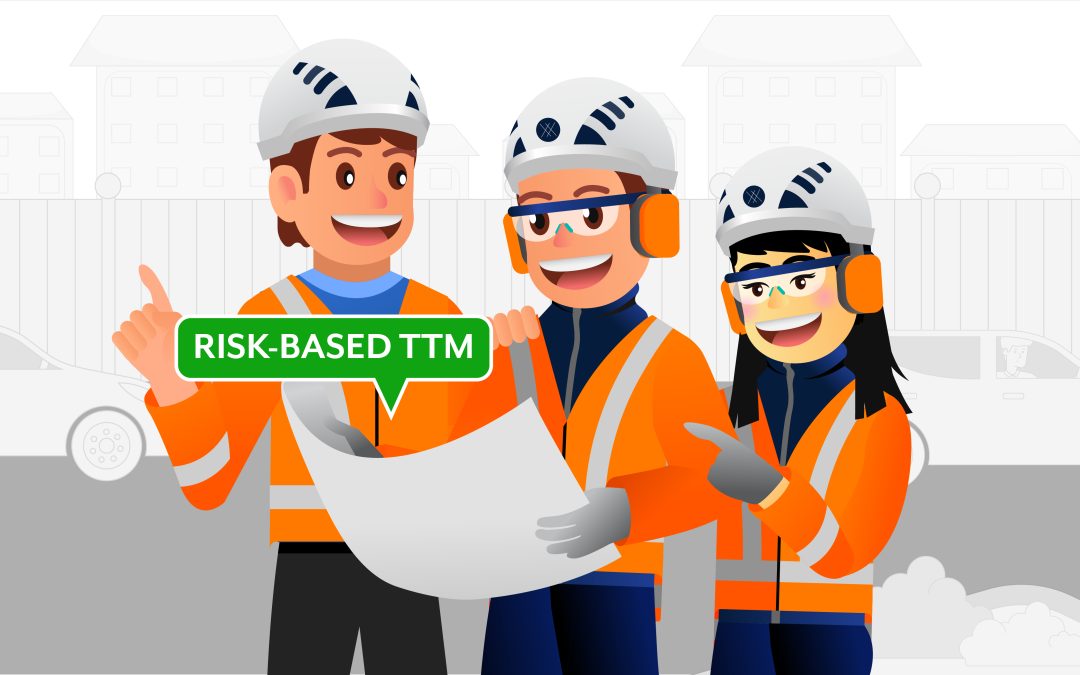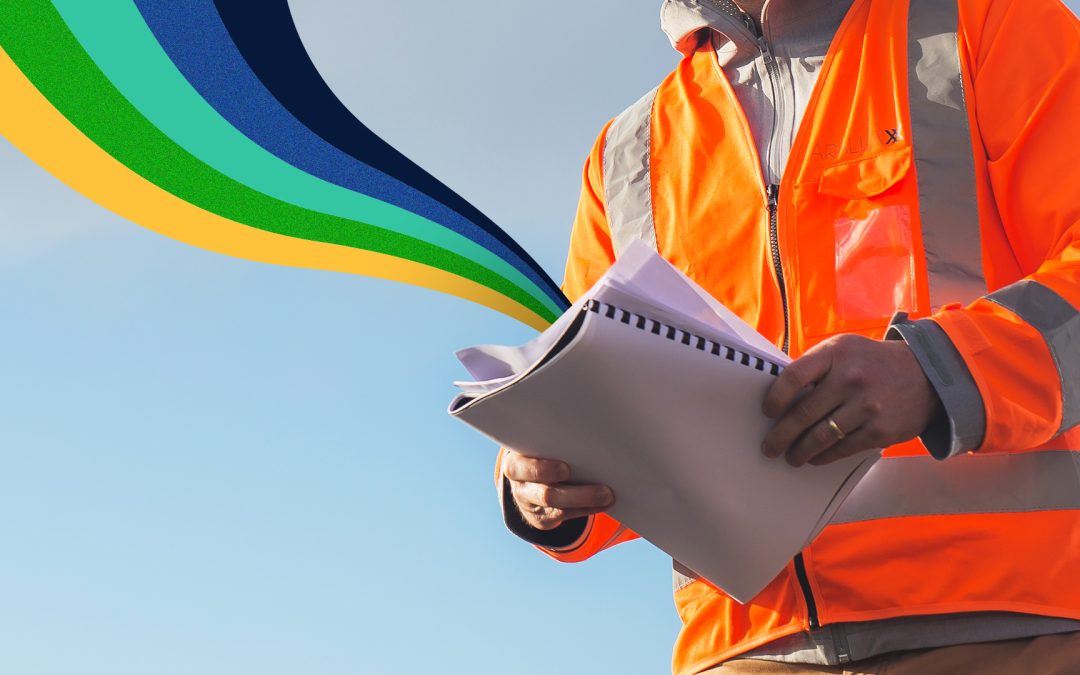Mobile Variable Message Sign (VMS) Boards are solar or battery powered and mounted on a trailer. They are used as an alternative to large temporary traffic information signs, especially when the message needs to be changed or blank throughout the stages of work VMS boards are an effective way to convey safety instructions and advise road users of what to expect ahead, however must not be used to replace standard Temporary Traffic Management (TTM) signage. Section B of CoPTTM defined its use as a “relocatable sign providing information ahead of worksites, blockages diversions, etc. While in operation it is stationary”.
What are VMS Boards for?
Mobile VMS boards are approved for use on New Zealand roads as part of a Traffic Management Plan (TMP) for:
- – Hazard warnings
- – Event notifications
- – Route advisory
- – Travel time information
- – Incident management
- – Safety advisory notices
What are the things to consider in selecting and placing VMS Boards.
VMS boards display information road users encounter daily. In our Traffic Management Plan (TMP) Designs, VMS boards are becoming almost mandatory for large-scale road closures and long-term road works projects where delays are likely. Key information is given to road users and residents prior to work, especially for any upcoming major disruption. This enables better planning and stakeholder engagement. The NZ Transport Agency emphasized multiple factors to consider when selecting the size and placement of Mobile VMS boards.
Things to Note:
- Position – Mobile VMS boards should be placed to the left of the approaching motorist. “In virtually all situations it is considered unsafe to position a Mobile VMS on the right-hand side of approaching traffic because it may confuse motorists’ point of reference under nighttime conditions and lead to a head-on collision” -NZTAs Mobile VMS Notes.
- Minimum Distance – VMS boards used for route diversions, should be placed at the intersection that connects with the road that is to be closed and to the alternative route. For urban roads and motorways, a minimum of 1,500 meters from access or diversion point, and 1,000 meters on rural roads with a 100kph permanent speed limit.
- Clear Sight Distance (CSD) – choose sites where the VMS can be seen from a good distance, not obscured by roadside trees or other structures. For roads with a speed of 100kph, the board should be visible from 300 meters (3x the permanent speed limit in metres). For motorways and high-volume urban (HVU), visibility and impact are important considerations to ensure the message is readable and noticed by motorists.
- Sunlight Glare – even with the use of louvers or an anti-glare mask, it is still best to avoid placing the Mobile VMS board directly in front of a rising or setting sun as it will decrease its effectiveness.
- Road Geometry – Mobile VMS boards should be placed on an area with a straight vantage or point on a road under CoPTTM minimum distance required from any curve, on or off-ramp, intersection, blind crest, or sharp bend. This is to ensure that the driver has full control over the speed of their vehicle upon approach. Must also be positioned to eliminate distraction and avoid misleading information on neighbouring roads.
- Presence of Other Signage – To keep the amount of emitted light controlled, Manual of Traffic Signs and Markings (MOTSAM) require different signs to be located at a minimum of (0.6V85) apart, where V85 is the 85th percentile speed of traffic, in km/h, at the sign location as a guide.
- Avoid Hindrance – VMS boards are to be placed off the carriageway, delineated with cones or barriers for High Volume Urban (HVU) and Rural areas with a speed of 70kph and above. For roads with speeds lower than 70kph, consider the visibility, safety at unattended times, illumination, and weather conditions.
- Access Power Source – Most VMS boards have batteries charged by solar panels and should be checked regularly. If the VMS board is placed under a tree with low light, ensure an alternative power source is accessible.
- Communication System Coverage – Network coverage (i.e. 2g or 4g) is required if the message of the VMS board is to be controlled remotely.
- Alignment in Site – Consideration of the location and vantage points from straight and curved roads with an optimum alignment of up to 20 degrees for on-coming road users
- For more information, free quotes or to hire a Mobile VMS board visit https://hire.parallaxx.co.nz/.










